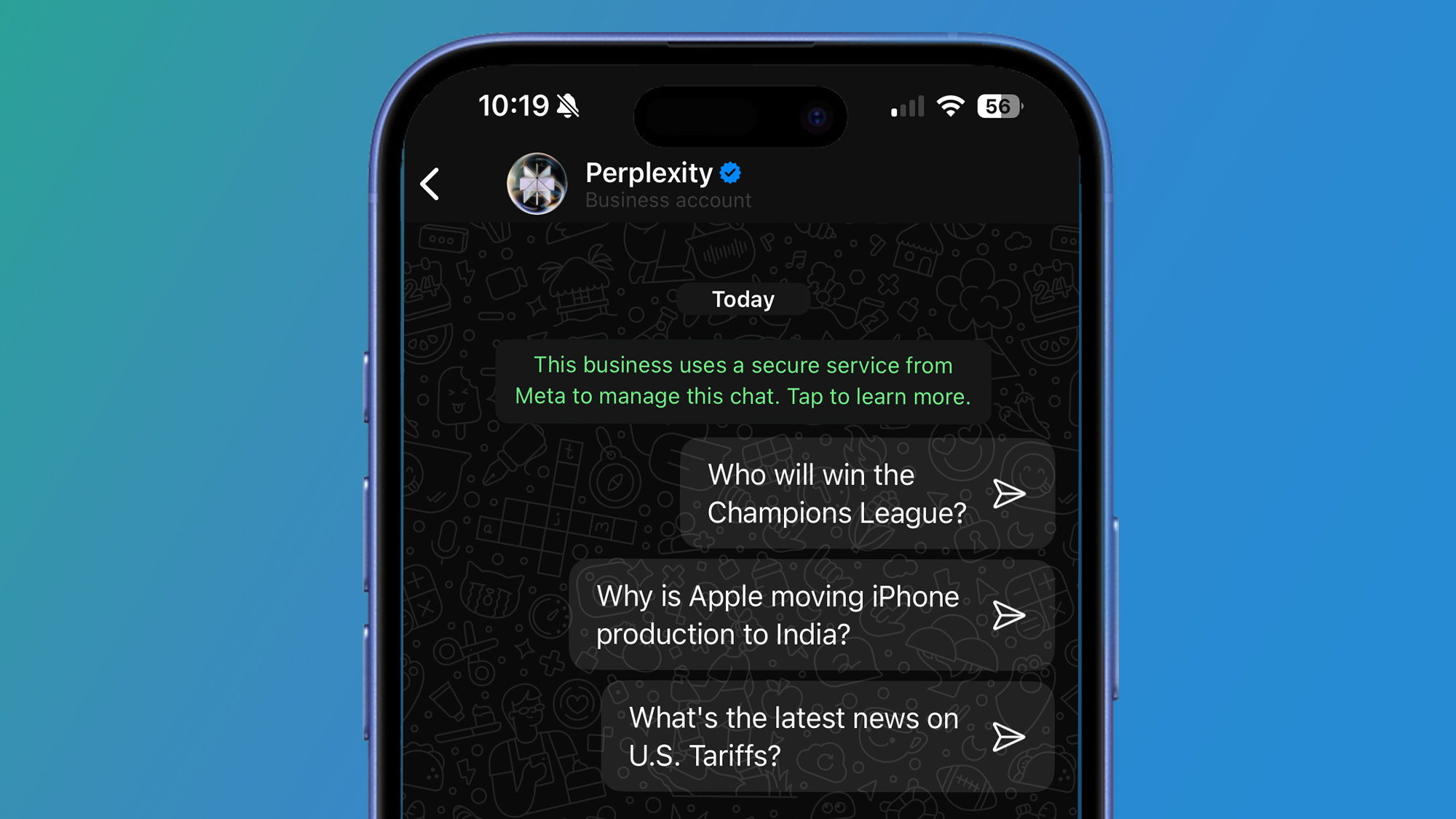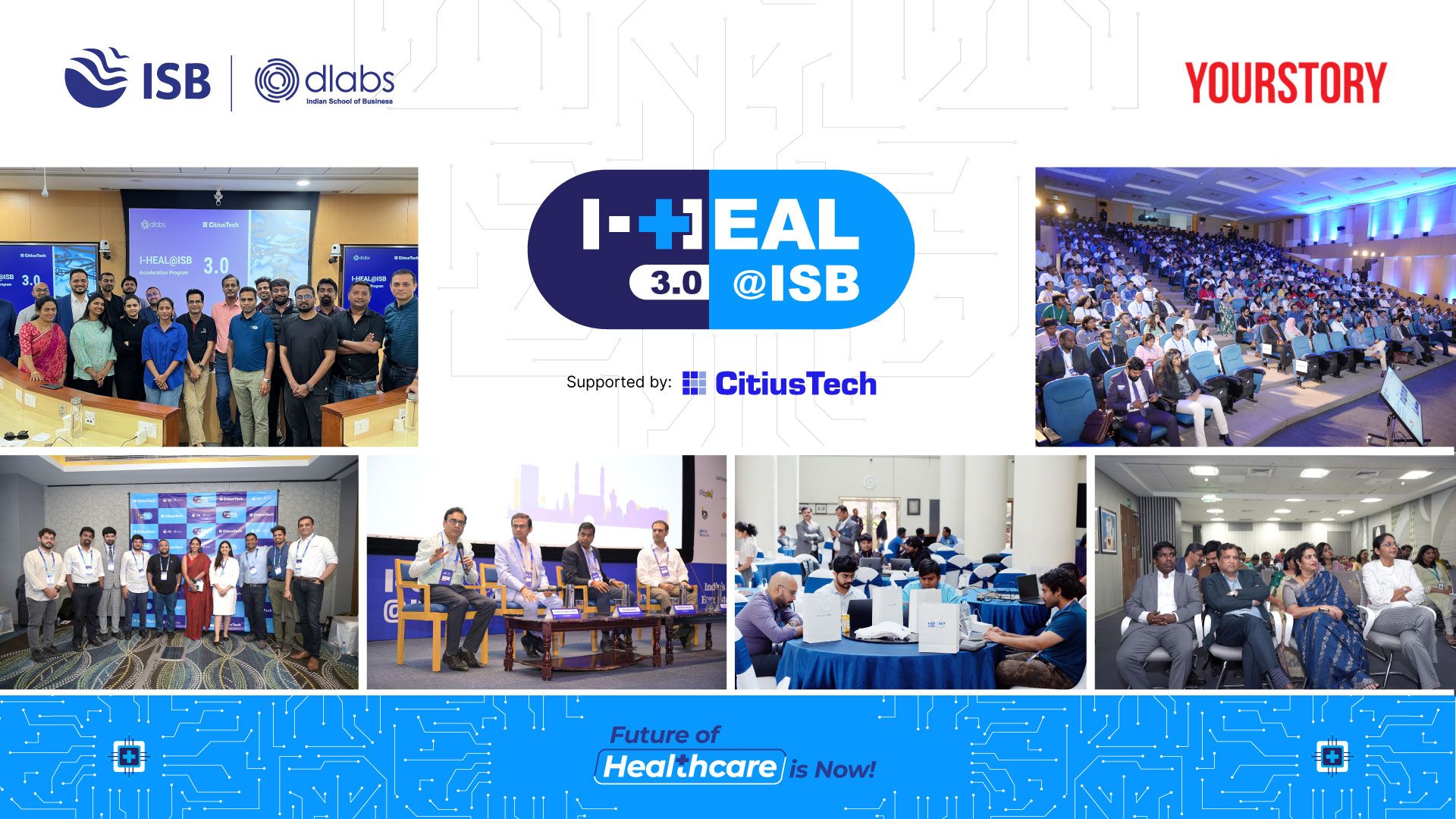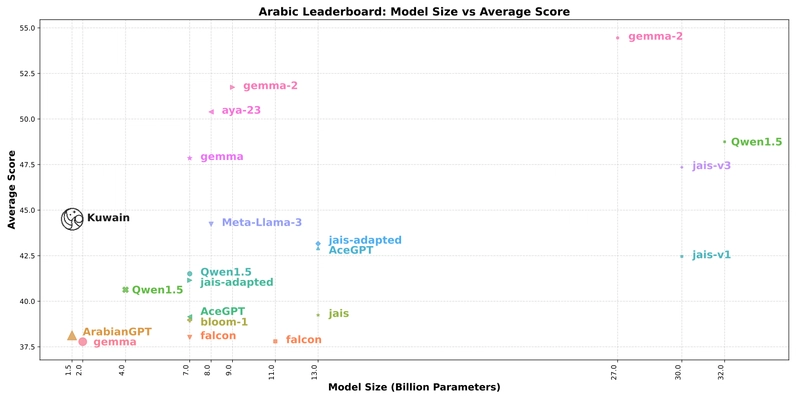In the modern world that we live in, with technology evolving by the minute, companies are always figuring out new ways to boost client communications and automate routine tasks. One of the features that can have change is customer support technology through WhatsApp. With modern AI, automation, and custom workflows, it is possible to build systems that don’t just give replies to clients, but also perform advanced tasks on their behalf. Pros of Automation of WhatsApp Communication WhatsApp is, without a doubt, one of the most widely used social media platforms as it has around 2 billion users worldwide. This makes it a wonderful tool for client communication. Manually, however, handling this channel is both costly and time-consuming. Automating interactions can: AI doesn’t need breaks: they ensure that clients get immediate replies at whatever time of the day. Cut down operational expenditures: Increases in efficiency mean that fewer people are needed in support roles. Improve scales consistency: Servo are precise and do not give info that their customer base may consider biased or false. Unlimited scalability: There is no restriction for managing thousands of simpson’s get conversate with a bit more than a dozen new resources. Constructing an AI-Powered WhatsApp Workflow To set up such a system, developers can take advantage of tools like n8n – a modular tool to automate workflows, combined with the newest AI tools like GPT-4. Here’s a more detailed explanation. Hook: Set up a WhatsApp hook node in n8n in order to capture messages through the WhatsApp Business API. Intent Recognition Has An AI Model Examine The Message To Identify The User's Intent. Action Execution: According to the predetermined intents, the actions of fetching order details or appointments and supplying information are served. Response: Responding to users over WhatsApp according to the previously set rules of engagement. To learn how to build the entire system, including integrating AI and managing customer intents, follow this link: Enhancing Customer Engagements with WhatsApp AI Automation & Agentic AI offered guidance. Real World Examples The use of AI automation on WhatsApp can greatly improve customer support in multiple sectors: E-Commerce: Answer product questions, accommodate return requests, provide and manage order updates. Healthcare: Automate appointment booking and send reminders; attend to frequently asked health-related questions. Travel: Provide assistance with booking, managing itinerary updates, cancelations, etc. Best Practices In developing such systems, pay attention to these areas: Privacy Policies: Ensure that legislation on data protection is adhered to. Oversight Systems: Create an automation control structure that can escalate complicated queries to an agent. Learning Processes: Enhance the AI's predictive capabilities by continuously feeding it new relevant data. Conclusion The use of AI automation in WhatsApp can improve systems, customer satisfaction, and operation productivity. This technology helps businesses remain competitive in customer interactions.
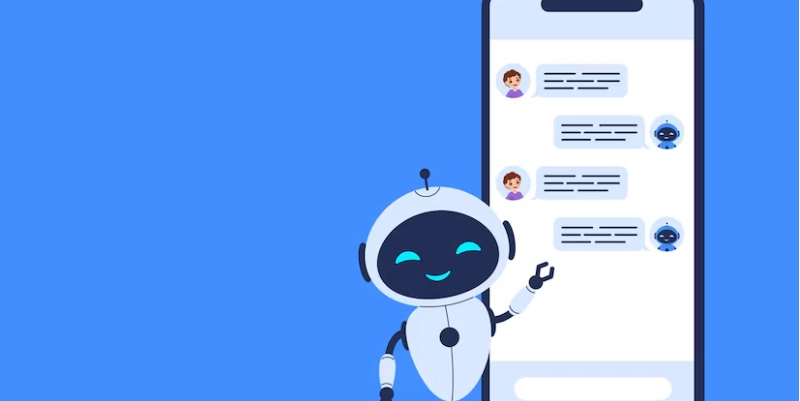
In the modern world that we live in, with technology evolving by the minute, companies are always figuring out new ways to boost client communications and automate routine tasks. One of the features that can have change is customer support technology through WhatsApp. With modern AI, automation, and custom workflows, it is possible to build systems that don’t just give replies to clients, but also perform advanced tasks on their behalf.
Pros of Automation of WhatsApp Communication
WhatsApp is, without a doubt, one of the most widely used social media platforms as it has around 2 billion users worldwide. This makes it a wonderful tool for client communication. Manually, however, handling this channel is both costly and time-consuming. Automating interactions can:
AI doesn’t need breaks: they ensure that clients get immediate replies at whatever time of the day.
Cut down operational expenditures: Increases in efficiency mean that fewer people are needed in support roles.
Improve scales consistency: Servo are precise and do not give info that their customer base may consider biased or false.
Unlimited scalability: There is no restriction for managing thousands of simpson’s get conversate with a bit more than a dozen new resources.
Constructing an AI-Powered WhatsApp Workflow
To set up such a system, developers can take advantage of tools like n8n – a modular tool to automate workflows, combined with the newest AI tools like GPT-4. Here’s a more detailed explanation.
Hook: Set up a WhatsApp hook node in n8n in order to capture messages through the WhatsApp Business API.
Intent Recognition Has An AI Model Examine The Message To Identify The User's Intent.
Action Execution: According to the predetermined intents, the actions of fetching order details or appointments and supplying information are served.
Response: Responding to users over WhatsApp according to the previously set rules of engagement.
To learn how to build the entire system, including integrating AI and managing customer intents, follow this link: Enhancing Customer Engagements with WhatsApp AI Automation & Agentic AI offered guidance.
Real World Examples
The use of AI automation on WhatsApp can greatly improve customer support in multiple sectors:
E-Commerce: Answer product questions, accommodate return requests, provide and manage order updates.
Healthcare: Automate appointment booking and send reminders; attend to frequently asked health-related questions.
Travel: Provide assistance with booking, managing itinerary updates, cancelations, etc.
Best Practices
In developing such systems, pay attention to these areas:
Privacy Policies: Ensure that legislation on data protection is adhered to.
Oversight Systems: Create an automation control structure that can escalate complicated queries to an agent.
Learning Processes: Enhance the AI's predictive capabilities by continuously feeding it new relevant data.
Conclusion
The use of AI automation in WhatsApp can improve systems, customer satisfaction, and operation productivity. This technology helps businesses remain competitive in customer interactions.







































































































































































![[The AI Show Episode 145]: OpenAI Releases o3 and o4-mini, AI Is Causing “Quiet Layoffs,” Executive Order on Youth AI Education & GPT-4o’s Controversial Update](https://www.marketingaiinstitute.com/hubfs/ep%20145%20cover.png)














































































































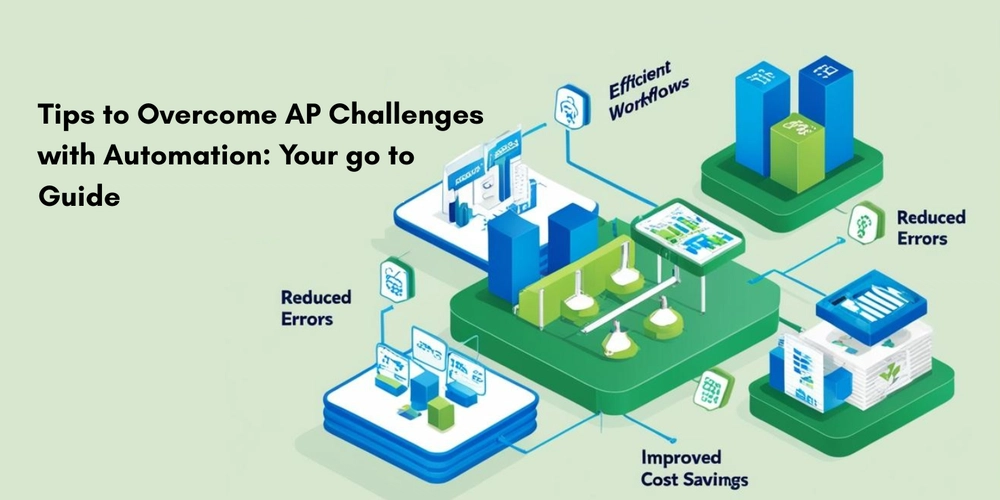
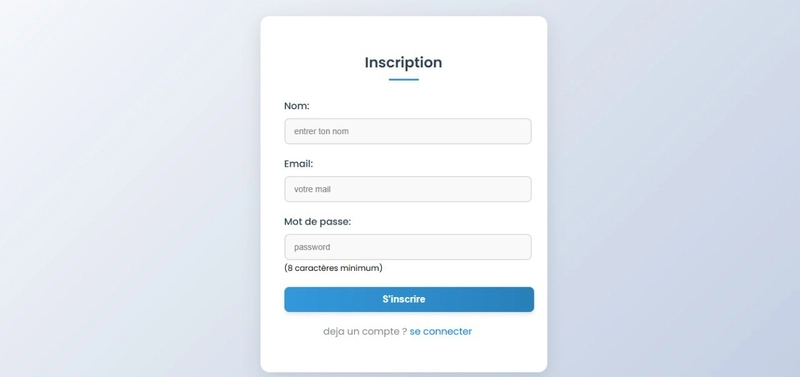




























































_XFkvNLu.png?width=1920&height=1920&fit=bounds&quality=70&format=jpg&auto=webp#)



























































































_Tanapong_Sungkaew_via_Alamy.jpg?width=1280&auto=webp&quality=80&disable=upscale#)




















































































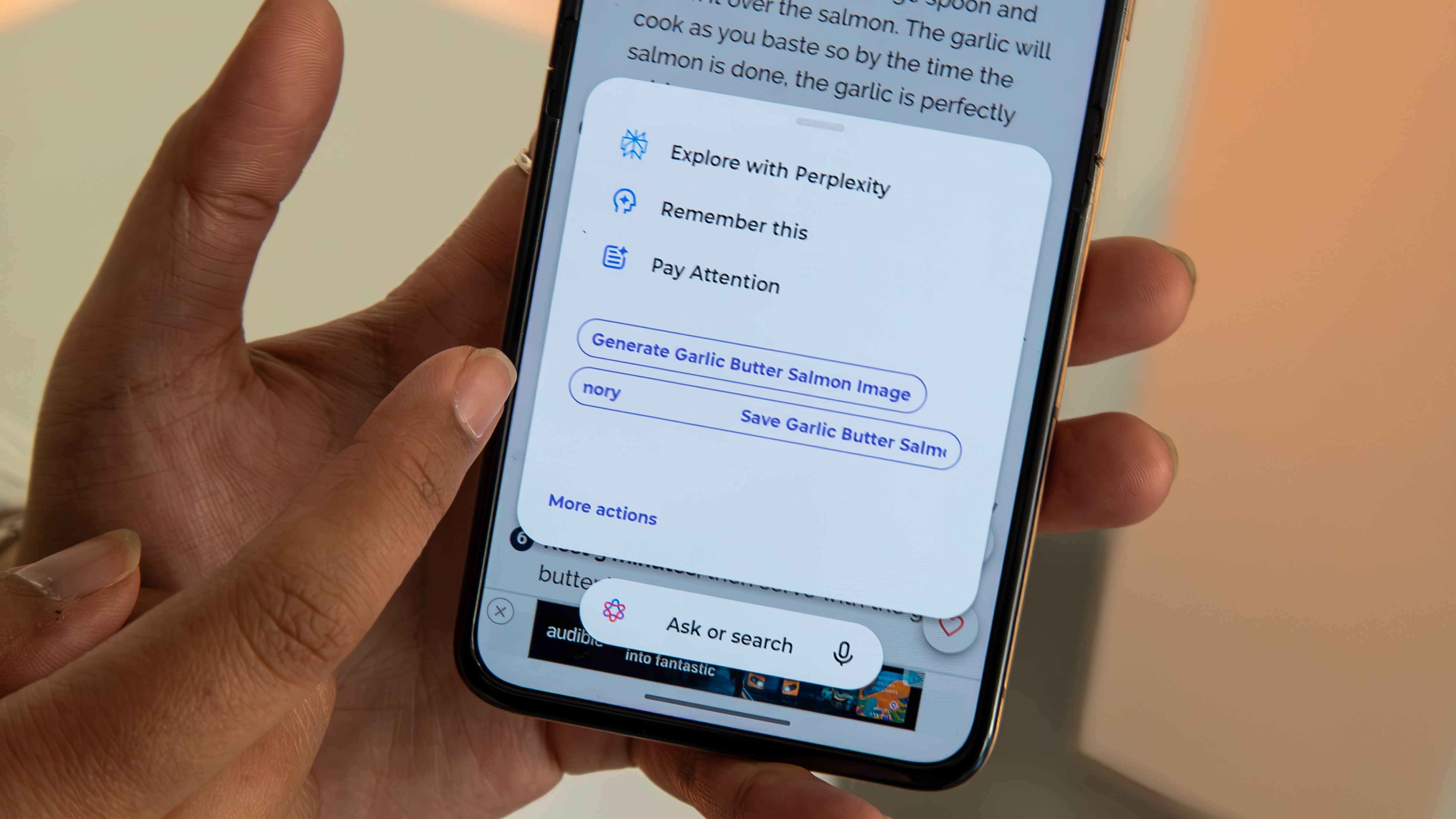



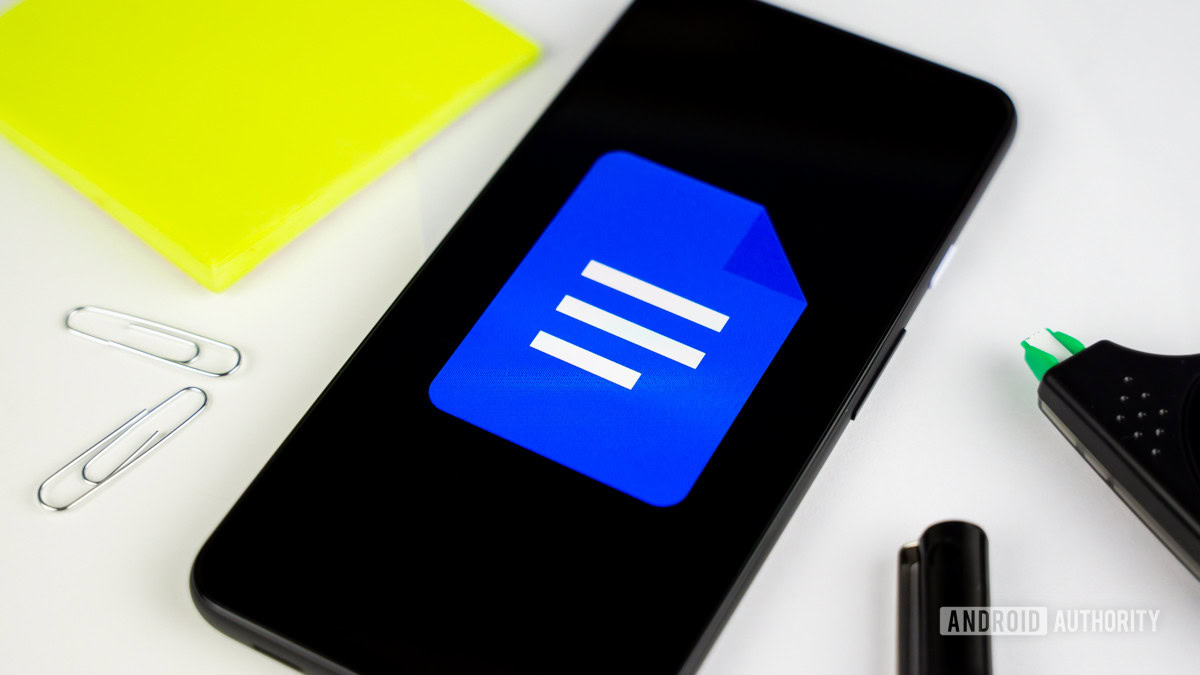
















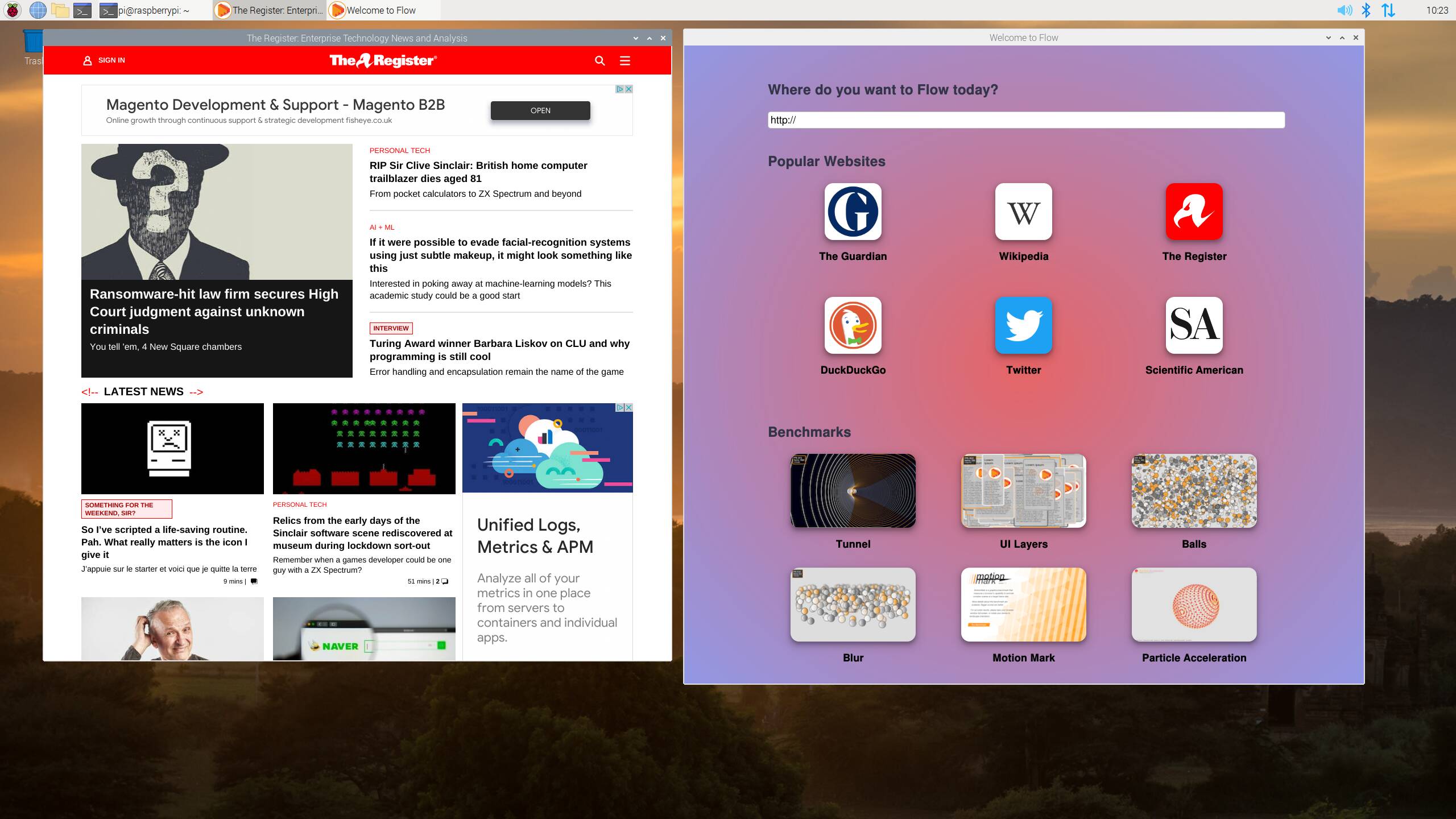



![Apple Restructures Global Affairs and Apple Music Teams [Report]](https://www.iclarified.com/images/news/97162/97162/97162-640.jpg)
![New iPhone Factory Goes Live in India, Another Just Days Away [Report]](https://www.iclarified.com/images/news/97165/97165/97165-640.jpg)




















